The humble recorder, often dismissed as a child's first musical instrument, hides astonishing acoustic complexity beneath its deceptively simple finger holes. While most players focus on memorizing fingerings, few consider the intricate dance of sound waves occurring inside the bore each time they cover or uncover a tone hole. The recorder's voice emerges not from individual holes acting alone, but from their collective interference patterns - a phenomenon that has fascinated physicists and instrument makers since the Renaissance.
Wave interference in wind instruments represents one of nature's most elegant examples of physics in service of art. When a player blows air across the recorder's windway, the resulting air column vibrates at multiple frequencies simultaneously. These vibrations travel down the bore until encountering an open finger hole, where part of the wave escapes while the remainder reflects back into the instrument. The precise location and diameter of each hole determines how these reflected waves interact with new vibrations being created at the mouthpiece.
Modern research using laser interferometry reveals that the recorder's tone holes don't simply "shorten" the air column as elementary music textbooks often suggest. Instead, each open hole creates an acoustic impedance mismatch that causes the wave to partially reflect. The distance between these reflection points establishes standing wave patterns that our ears interpret as specific pitches. This explains why recorders produce different notes depending on which combination of holes remain open - it's not just about exposing holes, but about how the exposed holes collectively shape the interference of sound waves within the instrument.
Instrument makers have long observed that the placement of finger holes follows no simple arithmetic progression. Renaissance craftsmen empirically discovered that holes must be spaced farther apart as they move down the bore, a counterintuitive arrangement that only makes sense when considering wave behavior. The lower tones require longer effective pipe lengths, but the relationship isn't linear because the wave doesn't simply terminate at the first open hole. Instead, the vibration extends slightly beyond the physical opening in what acousticians call the "effective length correction."
This end correction phenomenon explains why recorder finger holes get progressively larger toward the foot joint. Lower notes need larger holes because a greater portion of the wave energy must escape to establish the proper standing wave pattern. The diameter-to-spacing ratio becomes crucial - holes that are too small won't provide sufficient impedance change to reflect the wave properly, while oversized holes can make notes unstable or cause unwanted octave jumps. Baroque recorder designs perfected these proportions through generations of trial and error, achieving tonal qualities that modern physics now helps us understand.
Advanced computer modeling shows that wave interference affects more than just pitch determination. The complex interactions between multiple open holes create subtle formants that give each recorder its distinctive timbre. When players use forked fingerings (covering non-adjacent holes), they're essentially creating carefully controlled wave cancellation patterns. These alternative fingerings produce notes with slightly different harmonic content than their standard counterparts, allowing skilled performers to color their phrases expressively.
The recorder's harmonic series behaves differently from other woodwinds due to its unique wave interference patterns. While cylindrical instruments like the flute emphasize even-numbered harmonics, the recorder's conical bore and carefully placed holes create a richer blend of odd and even harmonics. This accounts for its distinctive "woody" sound quality that has captivated composers from Monteverdi to Stravinsky. The instrument's ability to project complex harmonics despite its modest size stems directly from centuries of refinement in hole placement and bore design.
Contemporary makers now use these acoustic principles to push the recorder's boundaries. Some modern designs incorporate additional resonance holes that aren't covered by fingers but exist solely to modify wave interference patterns. These "tuned vents" help stabilize pitch in the highest register or enhance particular harmonics, demonstrating how deep understanding of wave behavior can lead to instrumental innovation. Other experimenters have created recorders with movable tone holes, allowing players to adjust intonation by sliding rings up and down the bore during performance.
For all our scientific understanding, the recorder retains elements of mystery. The precise interaction between a player's breath pressure, articulation, and the instrument's wave patterns still defies complete mathematical modeling. Professional performers develop an intuitive sense of these relationships, learning to "ride the wave" of interference patterns through subtle adjustments. This marriage of physics and artistry explains why, after eight centuries, the recorder continues to fascinate both scientists and musicians alike.
Next time you see a plastic recorder in a school music class, consider the invisible symphony of wave interference happening inside. Those simple-looking holes represent centuries of accumulated acoustic wisdom, transforming breath into music through the elegant physics of vibrating air columns. The recorder stands as testament to humanity's ability to harness natural phenomena for artistic expression - long before we understood the science, we mastered the craft of shaping sound through carefully placed holes and calculated interference.
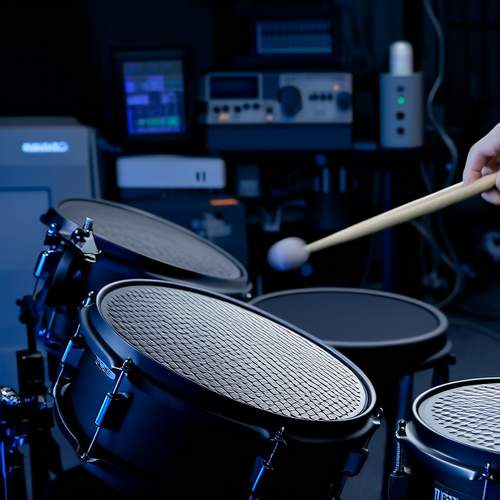
By /May 30, 2025
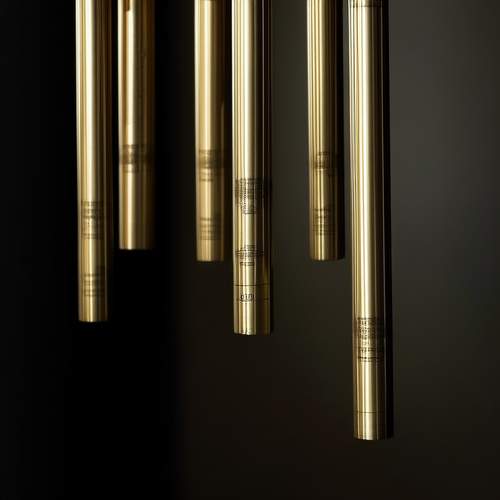
By /May 30, 2025
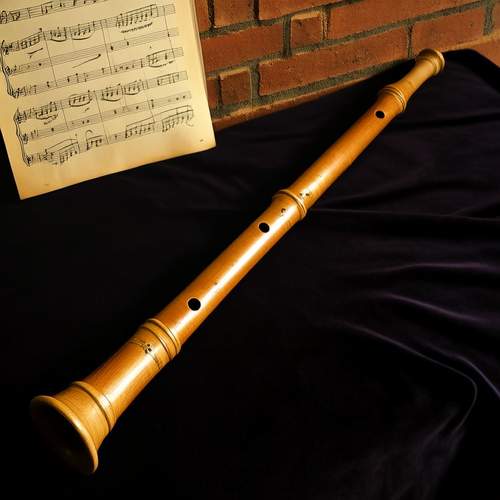
By /May 30, 2025
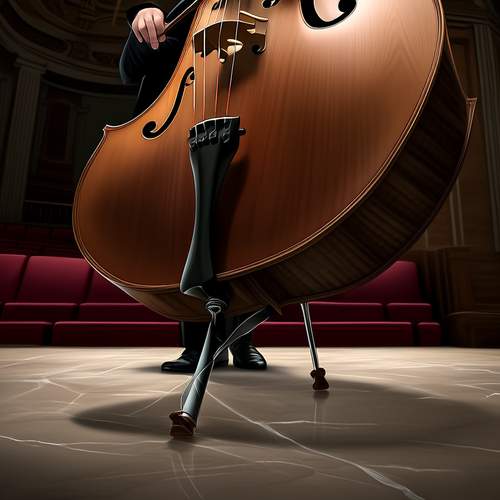
By /May 30, 2025
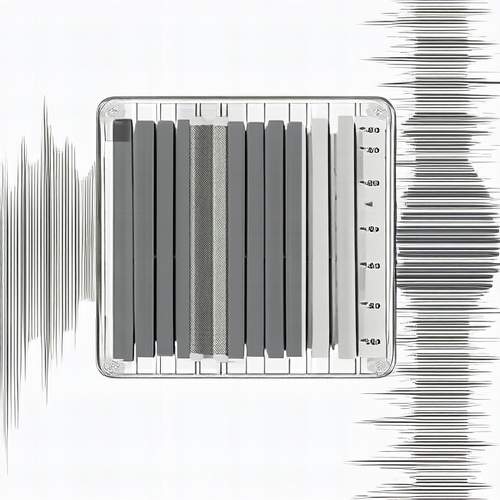
By /May 30, 2025

By /May 30, 2025

By /May 30, 2025
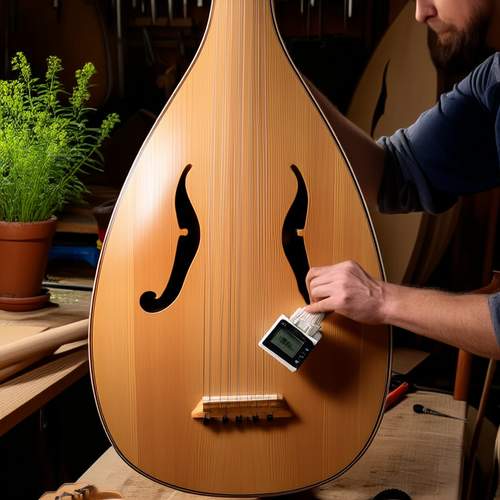
By /May 30, 2025
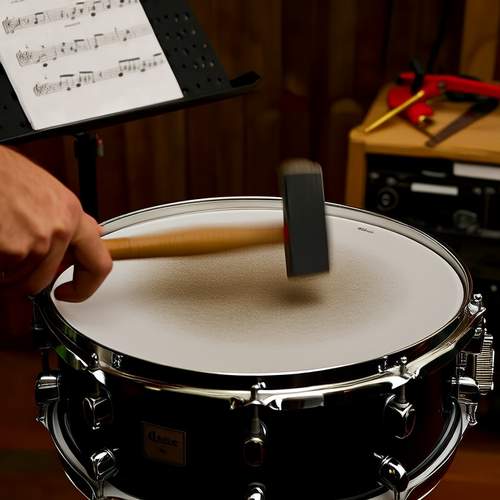
By /May 30, 2025
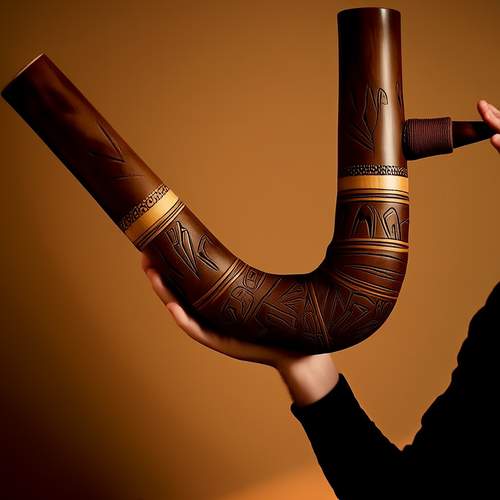
By /May 30, 2025

By /May 30, 2025

By /May 30, 2025

By /May 30, 2025

By /May 30, 2025
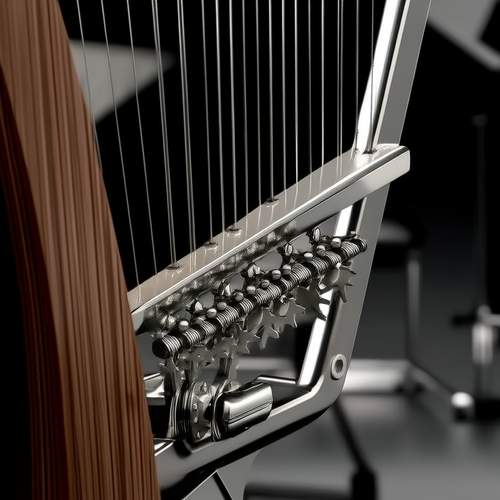
By /May 30, 2025

By /May 30, 2025
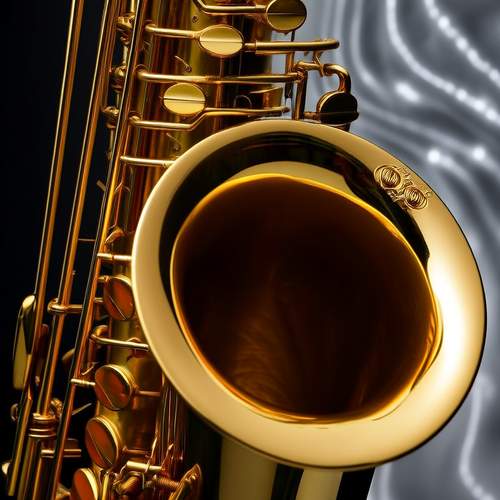
By /May 30, 2025
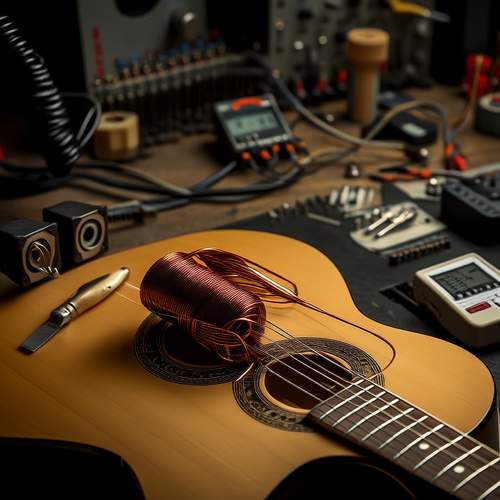
By /May 30, 2025
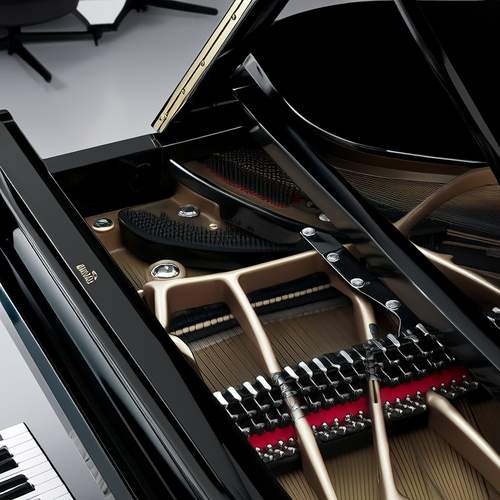
By /May 30, 2025
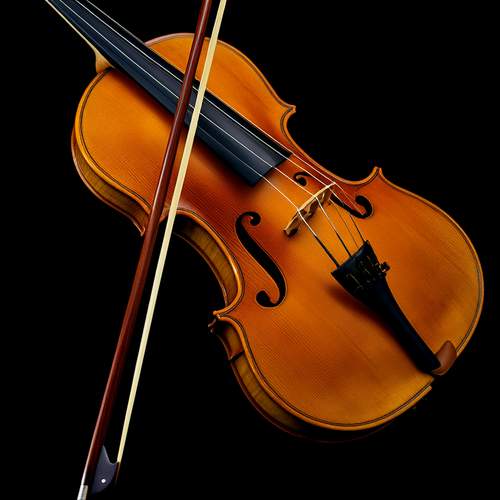
By /May 30, 2025